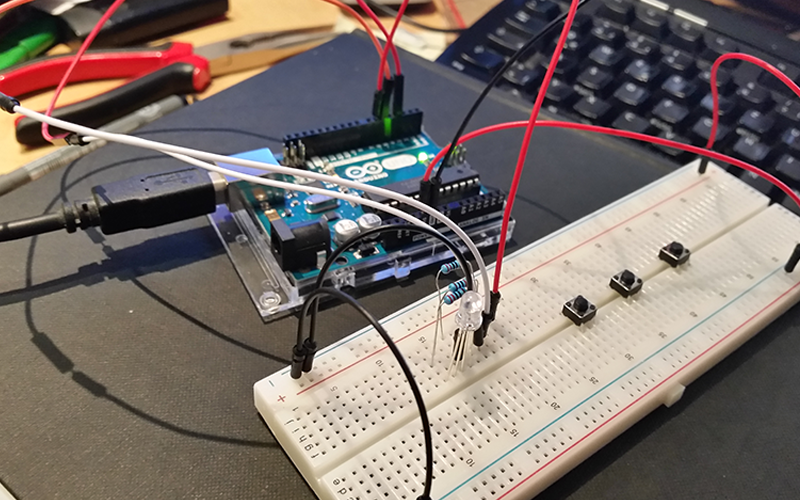- Cologne
- Master
- Physical Computation
- Programming
Digital technologies have not only permanently changed the design and construction process, but the integration of information technology in our constructed environment also creates new human-space relationships. New technologies, such as physical computation and kinetic designs, allow for a dynamic architecture that can be adapted to external conditions and internal requirements. Today, about 80% of all existing computers are already integrated as part of products and thus create a far-reaching network: the Internet of Things. The combination of a digital control system and corresponding sensors and actuators creates innovative „smart“ applications. In view of these new possibilities, classic designs and purely mechanical solutions can be questioned in architecture. In light of this, the seminar/module questions the classical function of components and discusses the possibilities of digitally informed architecture.
Different usage scenarios were thus developed using the example of the door, which acts both as a separating and a connecting component. The door has many different functions, such as the climatic separation of rooms, the protection of an interior, representation and communication. There are various types of designs, depending on the application: swinging door, hinged door, sliding door, revolving door, etc. Even more broadly, an airlock, a threshold or a light barrier can also be considered as a „door“. What new designs are thus conceivable by embedding a digital controller? In addition to the conceptual work, scenarios were programmed, which include both the sensor system (input) as well as the actuating elements (output), and finally implemented in a working prototype. Each team was provided with an Arduino Uno microcontroller and a kit with electrotechnical components at the beginning of the course.
CREDITS
Tanja Bauer, Paula Beitner, Elena Ihl, Aysun Krause, Marina Kuck, Jana Mitnik, Christoph Ungethüm
Marco Hemmerling, Jens Böke
Faculty of Architecture, Cologne University of Applied Sciences









